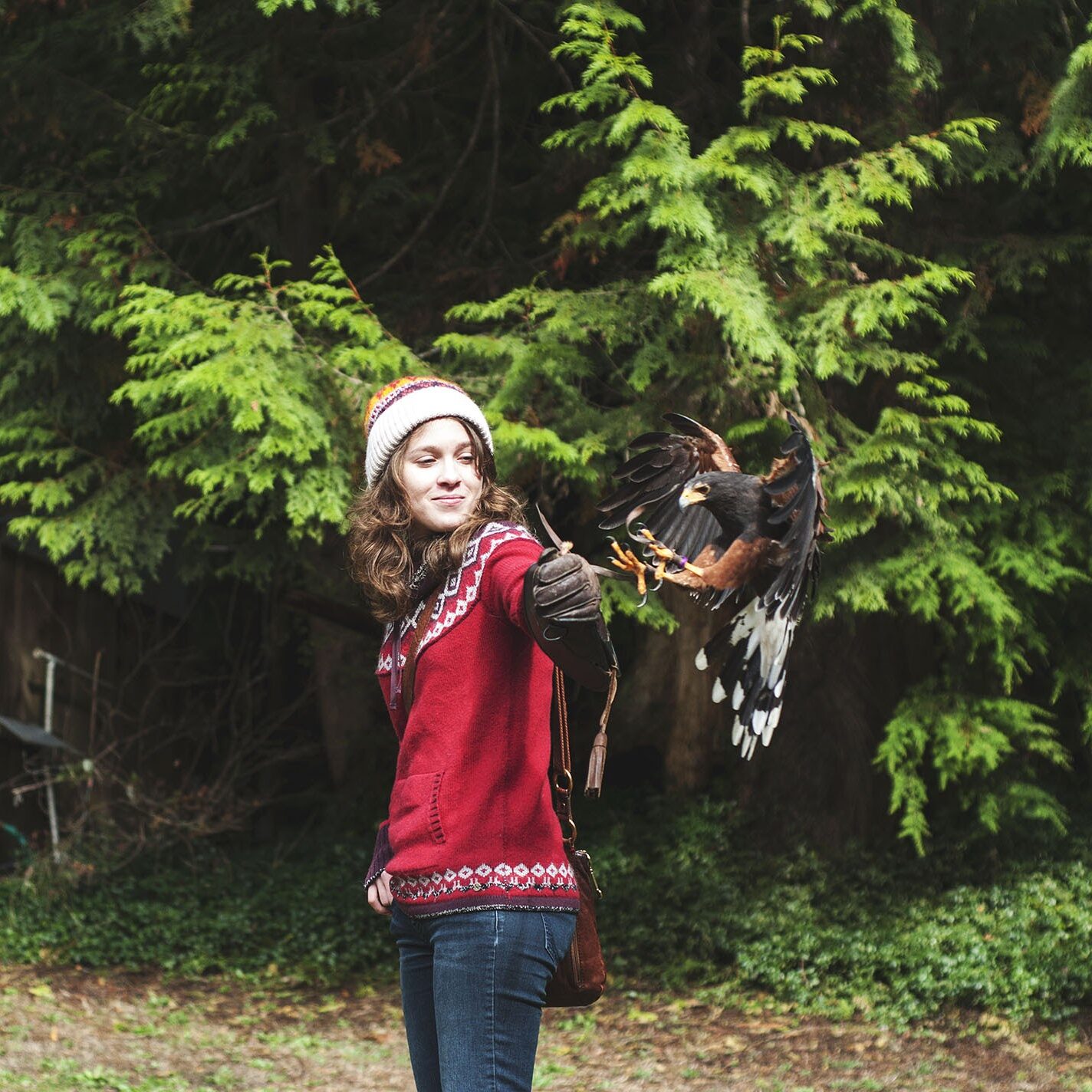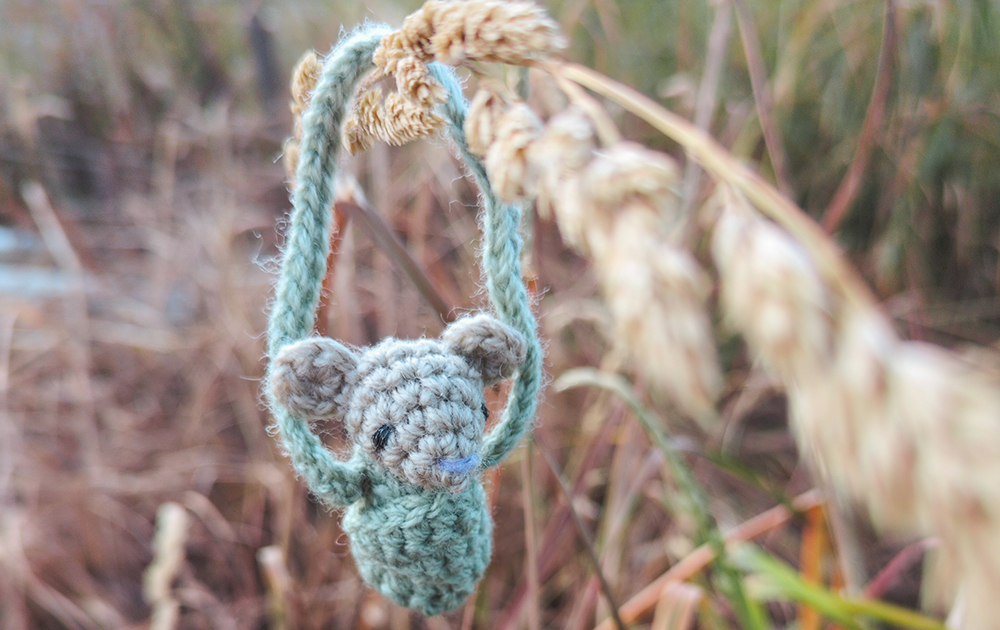Your cart is currently empty!
How to Change Colours with Amigurumi
There’s something extra special when an Amigurumi pattern incorporates colour changes. If you’re looking for a quick make, a single colour is the way to go, but creating a tapestry of yarn brings with it a more meditative crafting process, tying crochet closer to the same feel of knitting (though I’m yet to tackle my dream project of a fair isle jumper, so I may be romanticising it a bit!)
Many of my patterns can be made without any colour changes at all (hello Saoirse, the Lizards, Tess, Othello, and so on..), but as I’m diving into that pool with my upcoming patterns, I figured I should make sure we all know how to make those changes! (Or at least you’re aware of the way I do it so you can be most likely to finish off with a critter looking the same as mine :) )
The Method
Let’s use this round as an example:
R5. in Colour A: sc3, in Colour B: sc2….
Seeing the colour change coming up, you’ll stop at the last stitch of the sc3. Place your hook through the stitch and pull through as normal, but instead of pulling the yarn through again, pull Colour B through both loops so it alone is on the hook.
I usually stop here and tie the tail end of colour B to whatever I can find. Possibly the tail of Colour A, or a different colour, or even just tying it to the strand of Colour A, making sure not to pull the knot too tightly as you don’t want to pull the stitches out of shape.
Continue onto the sc2 with Colour B. You’ve made your colour change! Or have you…?
Avoid Loose Stitches
If you carry on, just leaving Colour A dangling out the back, there’s potential for the stitch to loosen as the piece pulls and stretches. To stop this, after you make a colour change, crochet over the old yarn (in this case Colour A) for ~3 stitches, then you can let it fall behind the work ready to pick up again for the next colour change.
Don’t Pull Your Stitches Tight!
I’m not the only one who’s made the mistake of pulling my stitches too tight when changing colours, and I won’t be the last. Hopefully, after reading this you won’t fall for the same mistake!
Before you lock the previous yarn colour in by stitching over it, you can change how tight it is. Sometimes folks can be so worried it will come undone at the change that they pull Colour A tight, hoping that’ll stop it from unravelling. Instead, I suggest you give enough tension on the yarn so that the stitch forms neatly the same size as the stitches around it, then “lock it in” with the next few stitches by stitching around it. If you pull too tightly the toy’s proportions can skew.
Tips for New Crochet Designers
Amigurumi stitches aren’t stacked on top of each other, instead, they’re sliiiightly slanted, leading to all sorts of fun when it comes to designing.
1. Match Yarn Weights:
My number 1 tip is to make sure the colours you use for your pattern are the same weight (ideally the same brand at least for writing the pattern). It took writing a whole pattern and getting it through the tester process until I learned that lesson the hard way when testers who had yarn the proper weight turned out with makes much different to mine 🫣 I ended up having to rewrite the entire pattern. Don’t let that be you!
2. Account for the Slant:
Before I work a round, I “step back” from the piece and see where the colours are going. If you’re working a tube and the colour change is in the same spot written on the pattern (ie: R3-20: sc10, in Colour B: sc20, in Colour A: sc10 ( 40 ) then instead of having a nice vertical line of colour change, it’ll slant to the left (or if you’re left-handed, to the right). If you’d rather it be mostly vertical, you’ll need to correct it by pulling it back when it gets too far. There are cleaner methods for this, especially with vertical lines (like crocheting a straight piece in the second colour and stitching it on), but for my work, I step back and place a stitch marker where the colour change needs to go before I work on the new round.
Bonus Tip
I’ll be writing a post on drawing your crochet patterns before making them, but in the meantime, the best thing I’ve found for planning colour changes is to draw them out on paper first — side view and front view in 1:1 scale with the toy. As I work on the colour changes, I hold the toy up to my drawing and make sure they match. You’d be surprised how often your brain can trick you into thinking your work is turning out one way when it’s slowly going another!
Wrap Up
I hope this post helps you with your projects, and grow more confident in your crochet colour changes. Please feel free to ask any questions below or contact me anytime!
How many colours will you incorporate into your next project?
Happy crocheting,
Sage



Leave a Reply